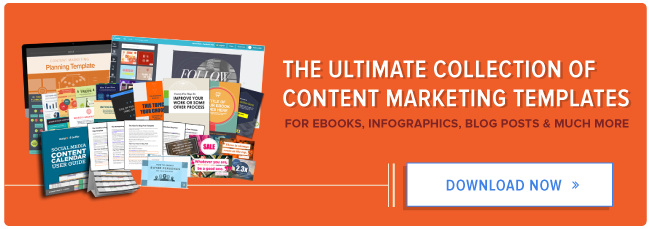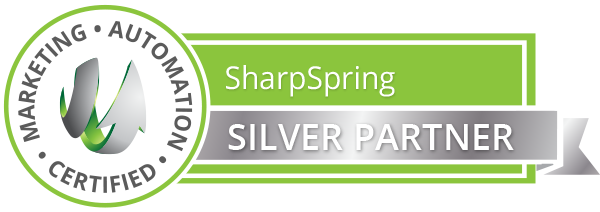
When it comes to reaching and engaging target audiences, distribution is only part of your marketing equation. In addition to choosing the right channels for generating visibility and making members aware of new opportunities, organizations need to develop compelling messaging and increase goals around newsletter subscriptions, new member sign-ups, existing member renewals, and donation. This process, known as conversion optimization–known in the for-profit world as the act of transforming website visitors into first-time customers and first-time customers into repeat buyers—is one of the pillars of inbound marketing.
And one of the central tenets of conversion optimization is that you need to plan before you launch a marketing experiment, which you will iterate upon before deploying a new initiative in full. It’s a dedicated commitment to learning that connects all of these aspects of your audience acquisition and engagement strategy. That’s why it’s essential that you to identify and build marketing programs around this audience segment.
Not sure how to find your most engaged members and donors? Here are some concepts, inspired by inbound marketing methodology, that will help provide guidance:
Learn as much as You Can About Your Audience Database
Log in. Click through records. Learn about the people you’re aiming to reach on an individual level. Pinpoint qualitative patterns that you can validate with quantitative information.
After you’ve skimmed your database, come up with a list of segments that make it possible for you to categorize every single person to whom you’re marketing. From there, come up with a member or donor persona list and then conduct even more in-depth research around members who fit those audiences.
At this point, you’ll want to connect these insights to clear action items: you’re going to need to rank-order your segments from most to least valuable based on success criteria that you determine (i.e. engagement rates, donation rates, membership duration).
This process will allow you to create messaging that is truly impactful among your audiences. By segmenting your databases, you’ll create more engaging content, nurturing, and newsletter programs. Bonus: in completing this step and putting your findings on paper, you’ll have created an organization-wide blueprint for your nonprofit’s inbound marketing strategy.
Audit and Streamline Your Operations
As you skim your audience database, you’re likely going to catch some problems. For instance, your member records may exist in multiple systems. You may not have a customer relationship management (CRM) platform that integrates with other tools and software.
This process may feel like teeth-pulling, but it’s one of the most important steps that your nonprofit marketing team can take. The reason?
Inbound marketing is, ultimately, a framework for driving growth. If you grow too quickly without taking care of your housekeeping, you’ll put a tremendous strain on your systems. By auditing your audience database early, however, you can take preemptive steps to ensure that all systems are aligned.
Here’s what you’ll want to keep in mind during your audit, along with steps that you’ll want to take to ensure that your systems are in check:
- Unify your systems with your CRM at the epicenter. Learn how to do it by following the tips from this webinar, which teaches corporations how to unify their marketing and sales.
- Ensure that you have systems to track different aspects of your member journey including email marketing performance, social engagement, and interactions with particular content pieces and offers. Learn how to do it by following the tips in this article on email analytics and this article on tracking content ROI.
- Prepare to start tracking website activity by monitoring what content audiences are reading and what web pages they’re browsing along the path to making a purchase decision. Learn how to do it by reading this piece on tracking marketing data.
- Track interactions with the offers that you’re publishing on your site so that you can see what your most engaged members care about most. Read this article on lead generation to get a sense of some of the tactical best practices.
As you start this process, your systems will likely be piecemeal. Don’t strive for perfection just yet: focus on identifying your strengths and weaknesses so that you know where to make investments in your marketing programs over time. Sooner is better, but an inbound marketing strategy is something that you can develop at your own pace–which is an especially important trait for organizations that are budget-strapped.
Look for Opportunities to Engage Your Top Members
After conducting a membership and technical audit of your database, you’ll have a better idea of who your top members are and how you can engage them. Now, you’ll be in a strong position to execute upon the strategy that you’ve handcrafted over time. Here are some steps that you can take:
- Build dedicated email lists with your top members. Focus on these groupings heavily, and deliver your most personalized and refined marketing programs here. Your most engaged audience deserves your time and attention–they’re the ones sharing your content, combing back to your nonprofit, and making investments in your organization’s future, after all.
- Test out new web copy on key pages that attract your most valuable audiences. Conduct qualitative research to uncover messaging opportunities, and try them out to see if you can increase conversion rates.
- Seek out testimonials and contributed content: these resources will give your website a sense of community and give your audience a chance to become a part of your cause and brand.
Building a Feedback Loop
When you find and actively market to your most engaged audiences, you’ll build a self-sustaining and ever-growing feedback loop that creates new efficiencies and opportunities for your community to become more valuable. The first step begins with understanding your long-term strategy so that you can put the right structural foundations in place. From there, rely on research and a constant learning process to build your acquisition and engagement drivers.
![]()


